How Iceland recreated a Viking-age religion
Priest Hilmar Örn Hilmarsson rummaged around in his blue woollen robe and fished out two cans of warm Icelandic lager. “Beer?” he asked, handing me one of the tepid tins, which frothed violently as I pulled the ring. “ Skál ,” said the priest, a mischievous glint in his pale blue eyes. “Skál,” I repeated, and we slurped our overflowing lagers.
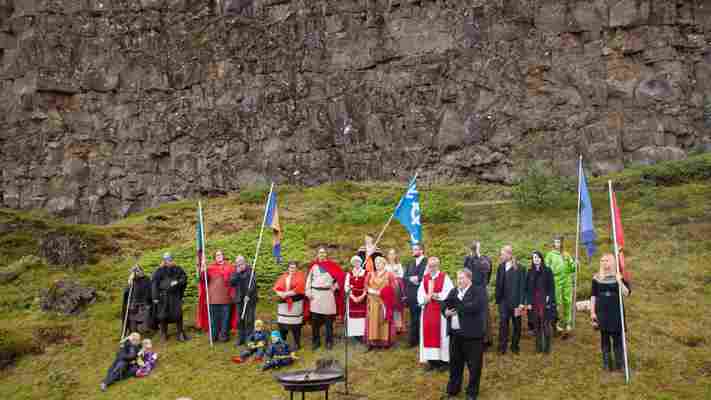
Those weren’t the first beers of the day. Earlier that afternoon, Hilmarsson had poured pilsner into a bull’s horn and passed it around his congregation; a motley crew of characters, some of whom looked like they were extras from Game of Thrones, others straight off the stage of a heavy metal concert. Most, though, were dressed in regular clothes befitting of a breezy day in Iceland.
The congregation, which comprised a few dozen souls, including a Buddhist and a Hindu guest, had gathered near a sandy beach on the outskirts of Reykjavik, next to the city’s domestic airport, to celebrate the first day of the Icelandic summer. It was 25 April, slightly chilly and mostly overcast. Rain looked likely.

The Ásatrú Association of Iceland is currently one of the country’s fastest growing religions (Credit: Gunnar Freyr Steinsson/Alamy)
You may also be interested in: • Why Icelanders believe in elves • The planet’s most extreme cuisine • Are Lithuanians obsessed with bees?
The ‘ blót ’, as the changing-of-the-season ceremony is known, began with the lighting of a small fire, which flickered in the breeze as the congregation listened to Old Norse poetry and raised the beer-filled horn to honour the Norse gods. Elsewhere on the island, similar ceremonies, I was told, were taking place.
The blót had been organised by the Á satrú Association of Iceland , a pagan faith group that is currently one of the country’s fastest growing religions, having almost quadrupled its membership in a decade, albeit from a low base of 1,275 people in 2009 to 4,473 in 2018.
Hilmarsson is the faith’s leader. A warm, charismatic man in his early 60s, he cuts a debonair figure with his white hair, white beard and nicotine-stained white moustache. Hilmarsson was elected as high priest in 2003 and jokingly claims to have been “stupid enough to say yes”. He also works as a prominent musician, and has collaborated with some of Iceland’s best-known artists, including Björk and Sigur Rós.
“The high priest and the composer work hand in hand,” he told me, puffing on a cigar. “There’s a search for harmony in both.”
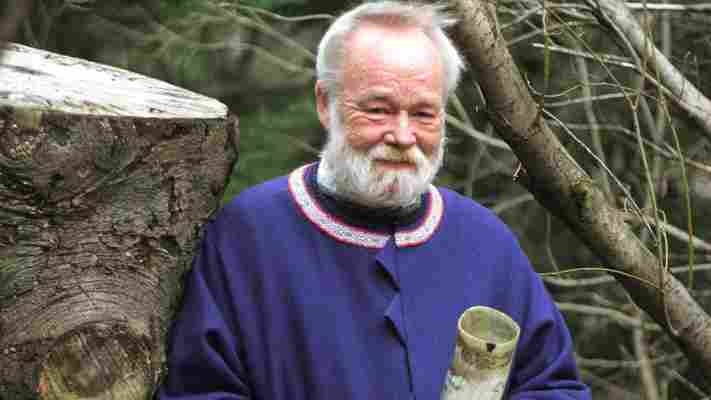
Hilmar Örn Hilmarsson was elected high priest of the Ásatrú Association in 2003 (Credit: Gavin Haines)
The Ásatrú Association is tricky to define because it has no fixed beliefs (“The suspension of disbelief is more accurate,” Hilmarsson explained, somewhat surreally). The group does, however, subscribe to local folklore, and meetings typically involve recitals from the Sagas of Iceland, a literary canon written during the 13th Century, but based on fantastical tales of love, loss and heroism from as far back as the 9th Century.
“People in the year 950 didn’t have a lot to do, so they sat around fires telling stories,” explained Haukur Bragason, a young, well-coiffed Ásatrú priest who was attending the blót. “They were the Netflix of old times.”
People in the year 950 didn’t have a lot to do, so they sat around fires telling stories
The Ásatrú faith also celebrates Old Norse mythology and its pantheon of morally ambiguous deities – gods such as Odin, Thor and Loki – that came to Iceland during the Viking Age, when the island was settled by Norwegian farmers looking for new pastures. These deities were worshipped across this ‘land of fire and ice’ until the year 1000, when, under pressure from the influential Norwegian crown, the country abandoned heathenry and adopted Christianity.
But in 1972, a group of artists, led by the late sheep farmer and poet Sveinbjörn Beinteinsson, cooked up a plan to reboot the old pagan faith. Over meetings in cosy Reykjavik coffee shops, the group established the Ásatrú Association and the following year successfully lobbied Iceland’s government to recognise it as an official religion.
The story goes that while the minister of justice and ecclesiastical affairs, Ólafur Jóhannesson, considered the matter, a powerful storm hit Reykjavik. “Lightning struck the power station and there was a black out,” Hilmarsson explained. “People thought it was Thor showing his might [and so] the minister relented.”
A new faith was born.
Ásatrú Association members mark the changing of the seasons with a blót, which usually involves lighting a fire and listening to Old Norse poetry (Credit: Bjarki Reyr/Alamy)
Although the Ásatrú Association has no doctrine as such, it does promote virtuous behaviour. “It’s about being honest, upright and tolerant,” Hilmarsson said. “Respect for nature is also important. You have to make sure you live in harmony with nature.”
The association has been concerned with the environment from the beginning. “[Beinteinsson] was into ecology before most people were familiar with the concept,” said Hilmarsson, who believes increased awareness of climate change and biodiversity loss is attracting more people to the faith. “I think this is a healthy reaction against that.”
The association rarely wades into politics, but it has made exceptions, most notably by campaigning for same-sex marriage (legal in Iceland since 2010) and against a series of hydro-electric dams, which were built despite concerns about their impact on the environment. The faith also championed an Icelandic Forestry Association-scheme to reforest parts of the country, where three million trees are being planted annually mainly for the good of nature but also, potentially, for timber production.
The Ásatrú faith celebrates Old Norse mythology and its pantheon of morally ambiguous deities such as Odin (pictured), Thor and Loki (Credit: The Picture Art Collection/Alamy)
Some of the older trees in the scheme will be used to make a roof for the Ásatrú Association’s new hof (temple), which is currently being built on the outskirts of Reykjavik. “It will be the first building made from Icelandic timber,” Hilmarsson claimed proudly, as he gave me a tour of the site. “It’s only in the last few years that we’ve had trees big enough to produce timber in Iceland.”
The hof will be the first pagan temple to be built in Iceland for almost 1,000 years, and will primarily be used to conduct marriages, funerals and name-giving ceremonies – events that are currently conducted outdoors. The building, which sits below ground level, is partially hewn from rock and descending into it, Hilmarsson claimed, will “symbolise a journey into the underworld”.
The hof has been partially funded by Iceland’s taxpayers, who have to pay the government a religious tax, which is then distributed to official faith groups (hence why recognition was so important).
Respect for nature is important to the Ásatrú Association, which championed an effort to reforest parts of the country (Credit: ARCTIC IMAGES/Alamy)
The temple has been beset by delays, but Hilmarsson hopes that when it is finished – maybe this year – it will attract not just locals but also tourists, who he claims are showing ever-increasing interest in the Ásatrú faith.
“We have open house meetings most Saturdays, advertised on Facebook , and sometimes, in the summer, we have more foreigners there than locals,” he said. “Hospitality is one of our main tenants and we always welcome everybody who comes.” Open house meetings typically involve sitting around drinking tea, eating cake and chatting. During the winter, there are also lectures, which have previously covered subjects as diverse as creativity, ecology and ethics.
We always welcome everybody who comes
But it is the blóts that offer perhaps the most vivid insight into the Ásatrú faith. Held six times a year, the main ones – Sigurblót, Þingblót, Haustblót and Jólablót – happen in April, June, October and December, respectively. Then there’s Þorrablót and Vættablót, in January/February and December.
“Þorrablót is about getting drunk to celebrate making it through the winter,” said Hilmarsson. And Vættablót? That was introduced, he said, as a response to the Icelandic banking crash in 2008. “The nation was in trauma,” he explained, claiming the blót was started as a social event to cheer people up and encourage collective soul searching. “Although soul searching is not a national pastime,” he added, dryly.
The Ásatrú Association has no religious doctrine, but it does promote virtuous behaviour (Credit: Gunnar Freyr Steinsson/Alamy)
That day, I was attending Sigurblót, and, after the service, the congregation made its way down to the beach for a feast. I had expected local delicacies such as fermented shark, ram’s testicles and puffin, but it was hotdogs, lager and candyfloss. The other stuff is typically served at Þorrablót, Hilmarsson explained. “That’s when people eat the obnoxious and horrible food,” he said, looking suitably disgusted, another beer in his hand. “We also do vegan.”
During the feast, I mingled with the congregation to find out what attracted people to the faith. For Ásdís Elvarsdóttir, who was wrapped in a bright red coat, it was the sense of community and inclusivity. “I’m getting to know a lot of people through this – very good people,” she said, her white hair blowing in the breeze. “Everyone is welcome – you don’t have to worry about being the strangest person in the group.”
There are no rules – you just have to be yourself
Echoing her sentiments was Alda Vala, whom I found perched on a bench, layered in colourful woollen fabrics and draped in fur. Vala has been an Ásatrú priest for four years, she told me, and was attracted to the faith by its openness.
“We accept everyone without relation to gender, race or religion,” she said, which reminded me of the Buddhist and Hindu guests I had been introduced to earlier (‘brothers’ as Hilmarsson described them). “There are no rules – you just have to be yourself.”
Alda Vala, an Ásatrú priest, was attracted to the faith by its openness (Credit: Gavin Haines)
For Bragason, the well-coiffed priest, the Ásatrú faith was about making connections with people and nature through stories. “I tend to look at this like a cosy book club,” he said, looking smart in a padded jacket and patterned scarf. “Because that’s what all this is about really – storytelling.”
Our Unique World is a BBC Travel series that celebrates what makes us different and distinctive by exploring offbeat subcultures and obscure communities around the globe.
Join more than three million BBC Travel fans by liking us on Facebook , or follow us on Twitter and Instagram .
If you liked this story, sign up for the weekly bbc.com features newsletter called "The Essential List". A handpicked selection of stories from BBC Future, Culture, Capital and Travel, delivered to your inbox every Friday.

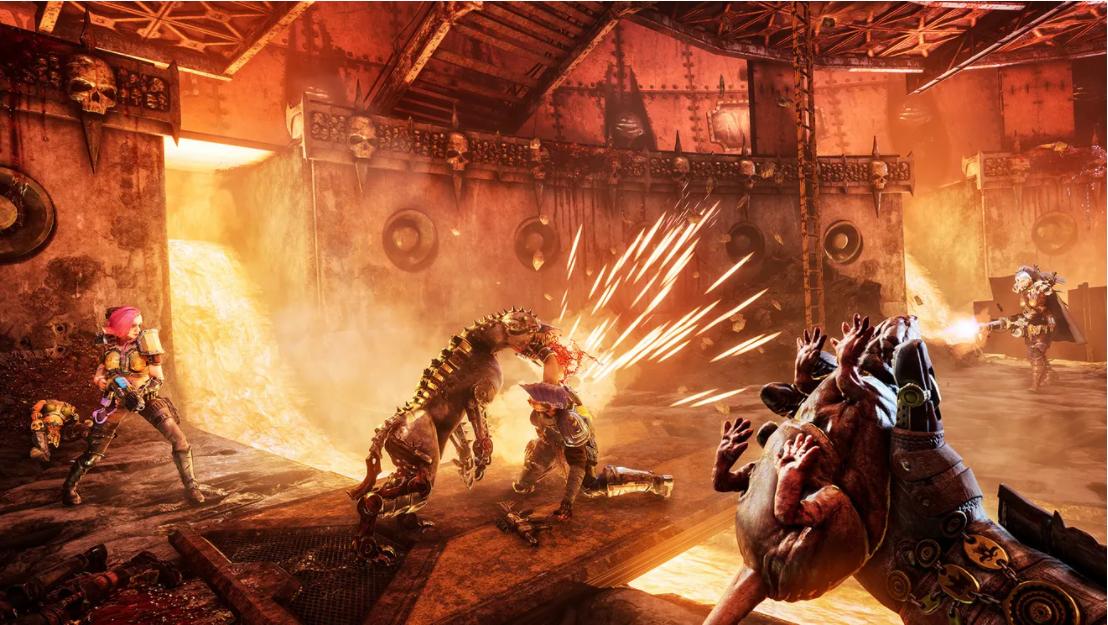



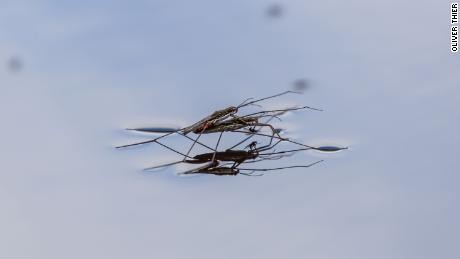



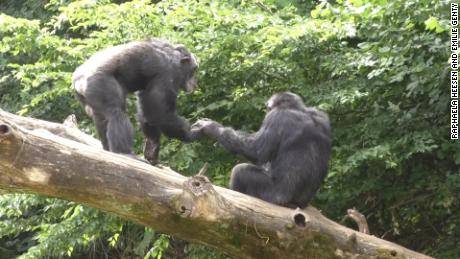


Write a Comment